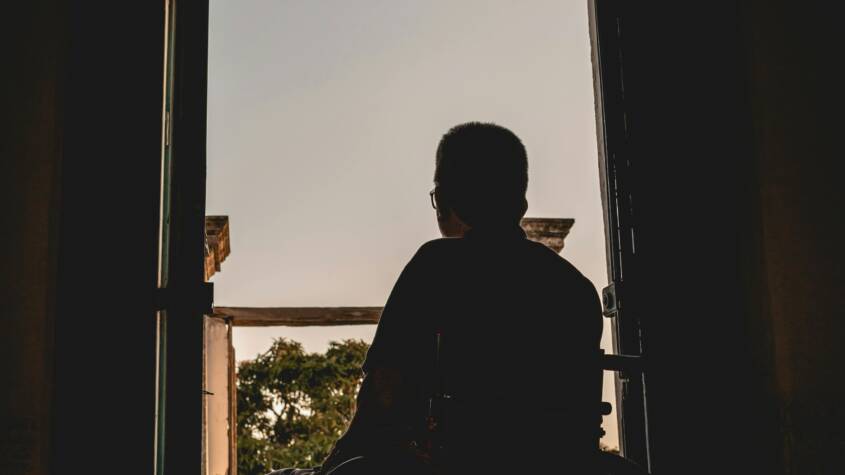
Finding enjoyable activities for individuals with disabilities can greatly enhance their quality of life. Engaging in inclusive and accessible activities, such as those suggested by Activities for Disabled Person, not only fosters social connections but also promotes personal growth and well-being. By exploring various options, caregivers and loved ones can discover fulfilling pursuits that cater to diverse interests and abilities.
From adaptive sports to creative arts and crafts, there are countless opportunities that encourage participation regardless of physical limitations. Each activity can be customized to suit individual needs, ensuring everyone can join in on the fun and reap the benefits of active engagement.
Inclusivity in recreational pursuits is essential for building confidence and self-esteem. Discovering suitable activities can lead to new hobbies and friendships, enriching the lives of those with disabilities.
Adaptive Sports and Physical Activities
Adaptive sports and physical activities provide individuals with disabilities opportunities for physical fitness, competition, and social interaction. These activities are designed to be inclusive, allowing everyone to participate and enjoy the benefits of an active lifestyle.
Wheelchair Sports
Wheelchair sports have gained popularity and include a variety of competitive and recreational options. Common wheelchair sports are basketball, tennis, and rugby, which feature specialized wheelchairs designed for mobility and stability.
Participants can join local leagues or national organizations that promote these sports. Equipment can be tailored to individual needs, ensuring accessibility for all skill levels. Athletes build strength, coordination, and teamwork skills through participation. Additionally, wheelchair sports encourage camaraderie and a sense of belonging within the community.
Water Sports and Swimming
Water sports and swimming offer an excellent way for people with disabilities to engage in physical activity. Adapted programs are available, accommodating various abilities in a safe environment. Activities include adaptive swimming classes, kayaking, and sailing.
Instructors are often trained to work with individuals with different disabilities. Specialized equipment, like adaptive flotation devices or modified kayaks, enhances accessibility. Swimming is especially beneficial as it minimizes the impact on joints while promoting cardiovascular health. Many communities also offer social events centered around water activities, encouraging inclusion and enjoyment.
Track and Field Events
Track and field events provide a structured environment for athletes with disabilities, allowing them to participate at competitive levels. Events are adapted to various needs, accommodating wheelchairs in sprints and offering classifications for athletes with visual impairments or amputations.
Coaching and training programs focus on skill development, including running, jumping, and throwing. Adaptive equipment, such as racing wheelchairs and assistive devices, helps enhance performance. Participation in these events often culminates in competitions like the Paralympic Games, showcasing the athletes’ abilities. Participants can gain confidence and self-esteem while fostering sportsmanship and team spirit.
Creative and Leisure Activities
Engaging in creative and leisure activities can significantly enhance the quality of life for disabled individuals. These activities promote self-expression, mental well-being, and social interaction in a supportive environment.
Arts and Crafts
Arts and crafts can provide therapeutic benefits. Various mediums, such as painting, drawing, and sculpture, allow for personal expression. Adaptive tools can assist those with limited mobility, ensuring access to creative pursuits.
Options include:
- Painting: Utilizing brushes with larger grips or sponge brushes.
- Collage: Combining different materials for tactile engagement.
- Pottery: Using clay can be modified with tools designed for easy handling.
Classes are available in many communities, often tailored for different abilities, fostering socialization while producing meaningful art.
Music and Performing Arts
Music offers a profound way for individuals to connect and express themselves. Options range from listening to music to participating in bands or choirs. Feeling the rhythm can be beneficial for those with sensory processing challenges.
Activities include:
- Instrumental participation: Instruments can be adapted for ease of use.
- Singing: Choirs can provide a sense of community.
- Dance therapy: Adapting movements encourages physical activity and coordination.
Workshops are often available that cater to varying skill levels, allowing all participants to explore their musical talents.
Gardening and Nature Exploration
Gardening is an excellent creative outlet with additional benefits, like stress reduction. Raised beds and vertical gardens make gardening accessible to those with mobility limitations.
Key activities involve:
- Planting flowers or vegetables: Encourages responsibility and connection to nature.
- Using sensory bins: Allows individuals to engage with different textures.
- Nature walks: Great for social interaction and exploring local flora and fauna.
Community gardens often welcome volunteers, providing an inclusive environment for both socializing and learning about nature.
Gold Belt Buckle: A Timeless Accessory for Every Occasion
The gold belt buckle has long been a symbol of status, craftsmanship, and personal style. …










